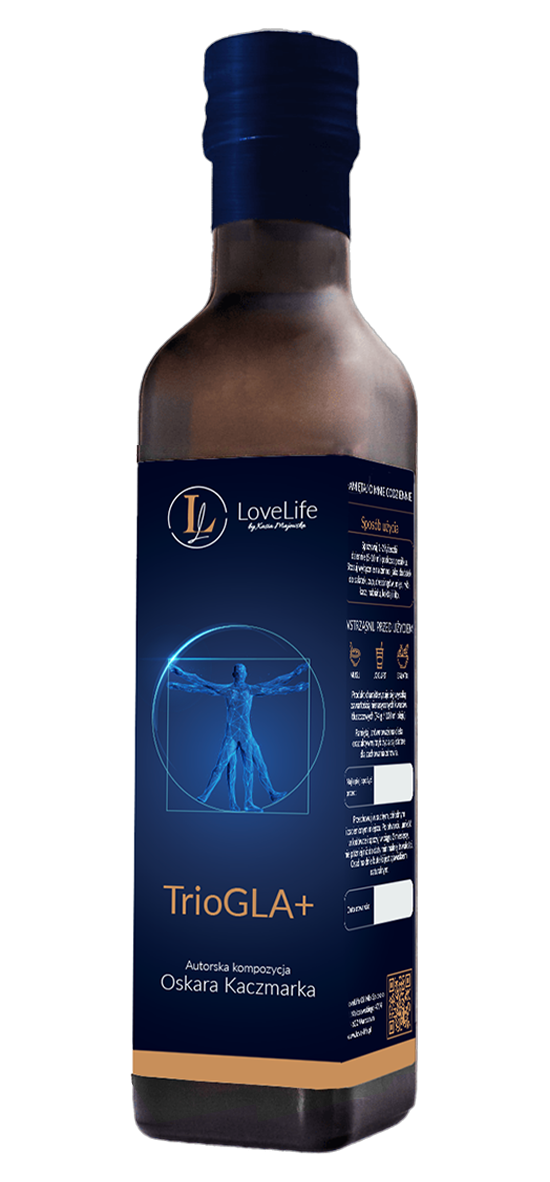Frequently Asked Questions
If you haven’t found the answer to your question, please contact us by e-mail or telephone.
- 604 863 609
- Monday - Friday 9:00-16:00
- biuro@love-life.pl
To maintain the full nutritional properties and freshness of the product, it is recommended to store TrioGLA+ in a dry and cool place, out of reach of children, away from sunlight and heat sources.
After opening, the product should be kept in the fridge and consumed within 2 months.
The recommended daily intake of TrioGLA+ is 5-10 ml per day, preferably taken during meals. It can be consumed on its own or added to salads, coleslaw, dressings, smoothies, and other cold dishes.
We recommend taking TrioGLA+ only after a meal.
TrioGLA+ can be consumed alone or added to salads, coleslaw, dressings, smoothies and other cold dishes.
THE OIL SHOULD ONLY BE CONSUMED COLD.
11. TrioGLA+ in an individually adjusted dose (2.5-5ml) is suitable for children over 3 years old.
Pregnant and breastfeeding women should consult a doctor before using the product.
TrioGLA+ as a food product does not have strict recommendations regarding its use and does not pose a risk of overdose.
It is worth introducing TrioGLA+ as a permanent element of the diet without having to interrupt its use.
If in doubt, we always recommend consulting a specialist who will be able to assess whether continuing to use the product at the current dose is appropriate for your case.








